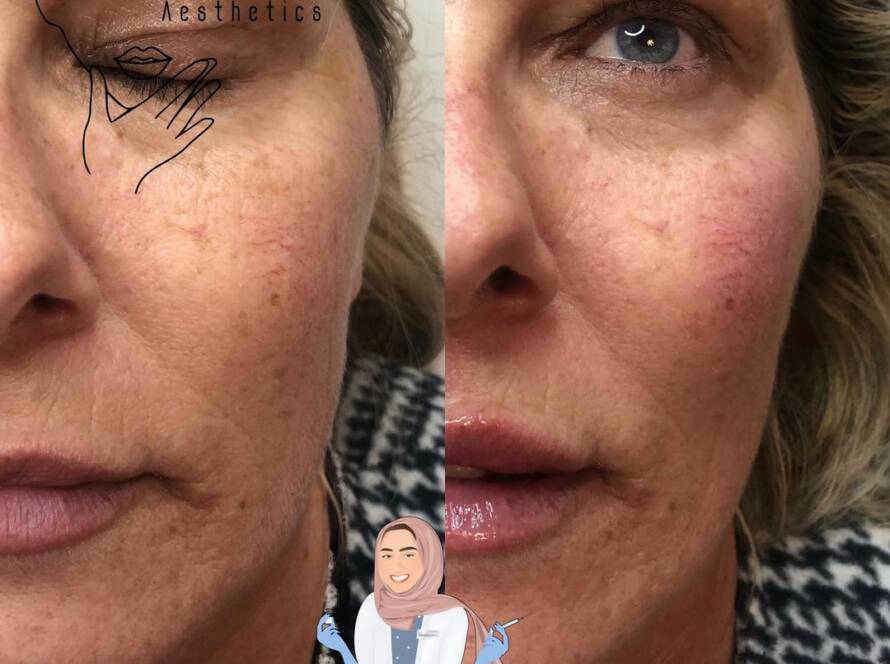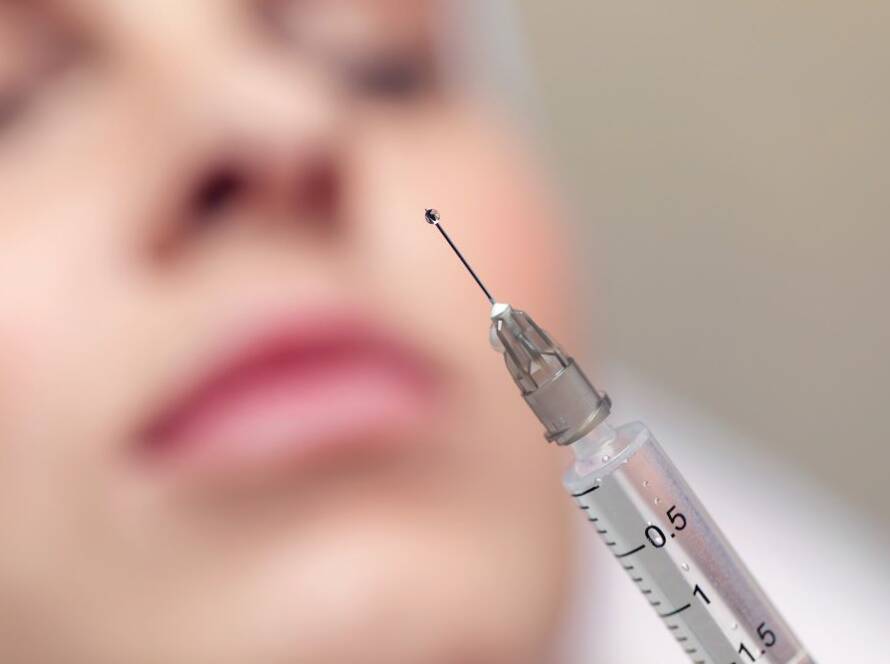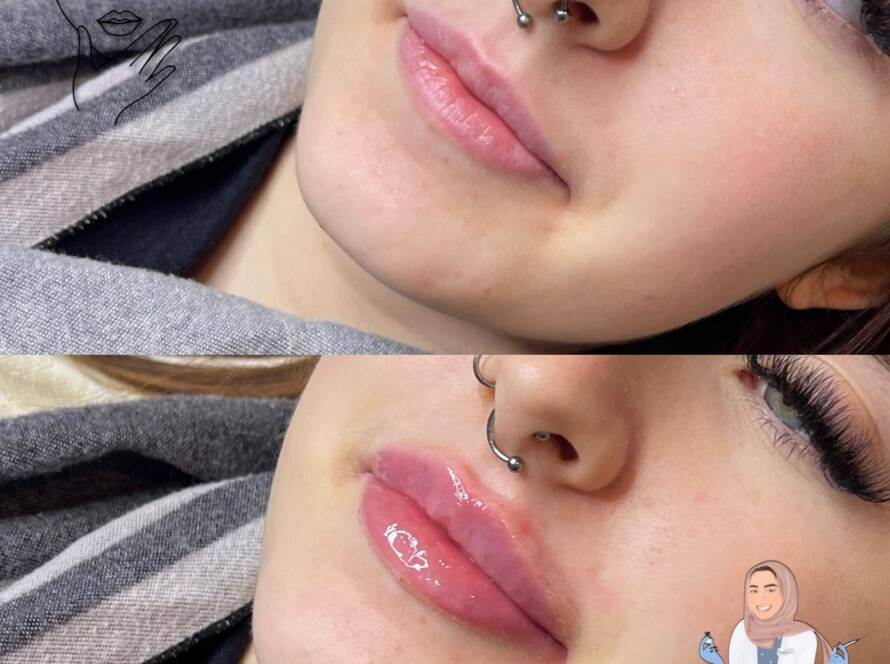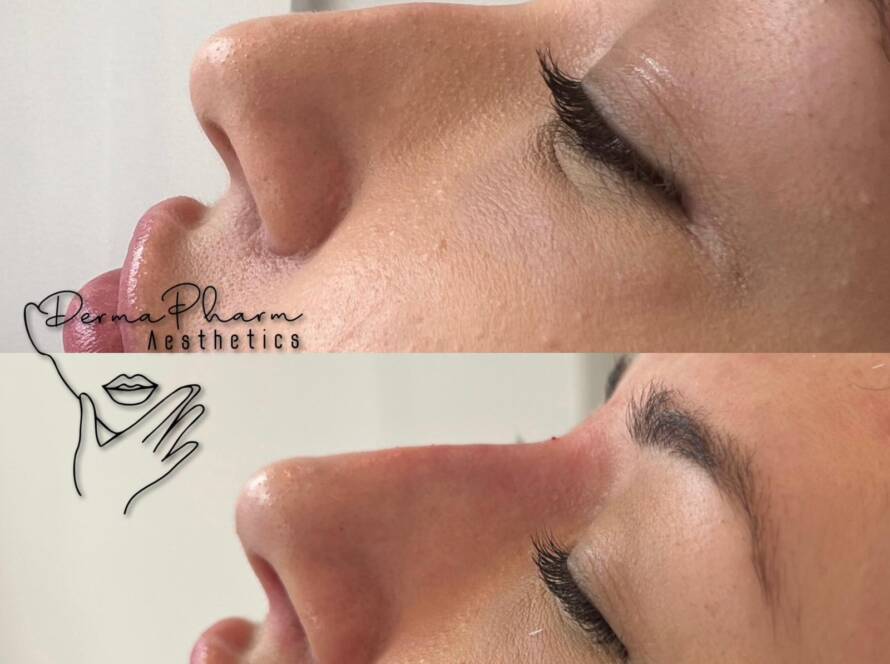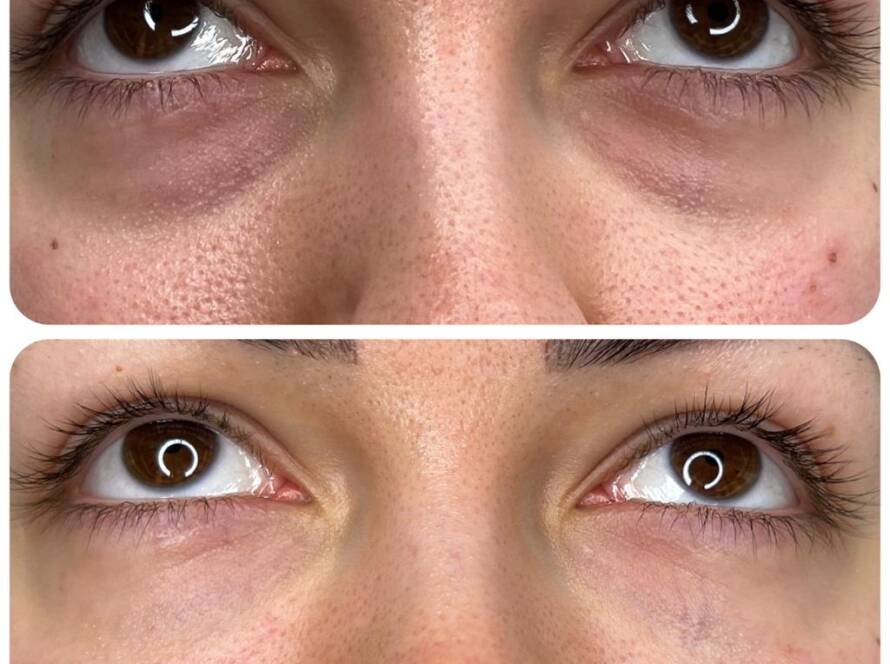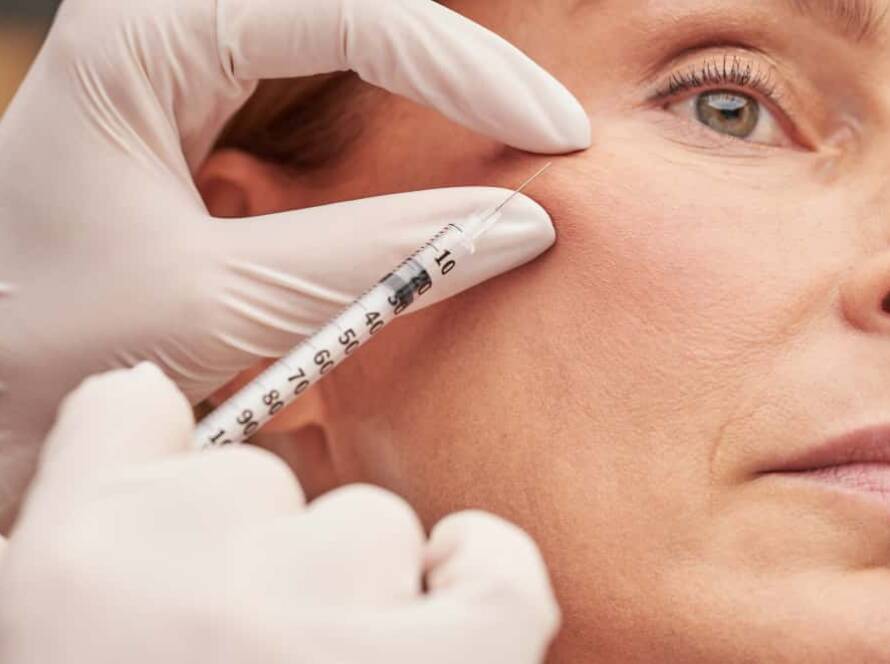Introduction
In the world of beauty and aesthetics, fuller and plumper lips have gained significant popularity. Many individuals desire to enhance their lip appearance, but they often find themselves confused about the different options available. Two common approaches to achieving a perfect pout are lip fillers and lip hydration treatments. In this article, we will explore and compare these techniques, shedding light on their differences, benefits, and considerations. So, let’s dive in and unlock the secrets to a perfect pout!
Table of Contents
- Understanding Lip Fillers
- 1.1 What are Lip Fillers?
- 1.2 How Lip Fillers Work
- Unveiling Lip Hydration
- 2.1 What is Lip Hydration?
- 2.2 The Process of Lip Hydration
- Lip Filler vs. Lip Hydration: A Comparison
- 3.1 Goals and Results
- 3.2 Duration and Maintenance
- 3.3 Safety and Side Effects
- Factors to Consider Before Choosing
- 4.1 Desired Outcome
- 4.2 Budget
- 4.3 Time Commitment
- 4.4 Consultation with a Professional
- Conclusion
- FAQs
1. Understanding Lip Fillers
1.1 What are Lip Fillers?
Lip fillers, also known as lip augmentation or lip injections, involve the use of dermal fillers to enhance the volume and shape of the lips. These fillers are typically made from hyaluronic acid, a substance naturally found in the body that helps retain moisture and provide structure to the skin.
1.2 How Lip Fillers Work
During a lip filler treatment, a qualified professional injects the dermal filler into specific areas of the lips. The filler adds volume, smooths out wrinkles or fine lines, and enhances the overall appearance of the lips. The procedure is relatively quick, usually taking around 15-30 minutes, and results are immediately noticeable.
2. Unveiling Lip Hydration
2.1 What is Lip Hydration?
Lip hydration, also known as lip rejuvenation or lip plumping, is a non-invasive procedure that aims to improve the moisture and hydration levels of the lips. Unlike lip fillers, lip hydration treatments do not involve injecting fillers into the lips. Instead, these treatments focus on restoring and maintaining the natural moisture balance of the lips.
2.2 The Process of Lip Hydration
Lip hydration treatments often involve the application of nourishing and hydrating products to the lips. These products may contain ingredients such as hyaluronic acid, shea butter, vitamins, and antioxidants. The procedure is painless, requires no downtime, and can be done in a matter of minutes.
3. Lip Filler vs. Lip Hydration: A Comparison
3.1 Goals and Results
Lip fillers are primarily used to enhance the volume and shape of the lips. They can add fullness and definition, making the lips appear plumper and more prominent. On the other hand, lip hydration treatments focus on improving the hydration and overall condition of the lips, resulting in a softer and smoother appearance.
3.2 Duration and Maintenance
Lip fillers typically provide immediate results that can last for several months, depending on the type of filler used. Over time, the filler naturally breaks down and gets absorbed by the body, requiring touch-up treatments to maintain the desired results. Lip hydration treatments, while also providing immediate hydration, may require regular application of lip balms or moisturizers to sustain the effects.
3.3 Safety and Side Effects
Both lip fillers and lip hydration treatments are considered safe when performed by qualified professionals. However, lip fillers carry a slightly higher risk of potential side effects, such as bruising, swelling, or allergic reactions. Lip hydration treatments, being non-invasive, generally have minimal side effects, with temporary redness or mild sensitivity being the most common.
4. Factors to Consider Before Choosing
4.1 Desired Outcome
Before deciding between lip fillers and lip hydration treatments, it is essential to clarify your goals. If you desire more volume and definition, lip fillers may be the better option. On the other hand, if your primary concern is maintaining hydrated and healthy-looking lips, lip hydration treatments can be more suitable.
4.2 Budget
Lip fillers are typically more expensive than lip hydration treatments. The cost of lip fillers can vary depending on factors such as the type of filler used, the expertise of the professional, and the location. Lip hydration treatments, being less invasive, are generally more affordable.
4.3 Time Commitment
Lip filler treatments usually require a shorter time commitment, as they provide immediate results. However, touch-up appointments may be necessary to maintain the desired look. Lip hydration treatments may require consistent use of lip balms or moisturizers to sustain the effects over time.
4.4 Consultation with a Professional
Before making a decision, it is crucial to consult with a qualified professional. They can assess your individual needs, discuss the available options, and provide personalized recommendations based on your lip anatomy, preferences, and budget.
5. Conclusion
When it comes to achieving the perfect pout, both lip fillers and lip hydration treatments offer viable options. Lip fillers provide enhanced volume and definition, while lip hydration treatments focus on maintaining hydrated and healthy-looking lips. Understanding your desired outcome, budget, time commitment, and consulting with a professional are crucial steps in making an informed decision. Remember, it’s essential to prioritize safety and choose a reputable practitioner for any cosmetic procedure.
FAQs
- Is the application of lip fillers painful? Lip filler injections are generally well-tolerated. However, some individuals may experience mild discomfort during the procedure. A numbing cream or local anesthesia can be applied to minimize any potential pain.
- How long do lip fillers last? The longevity of lip fillers varies depending on factors such as the type of filler used and individual metabolism. Typically, lip fillers can last anywhere from 6 to 12 months before touch-up treatments are required.
- Can lip hydration treatments replace lip balms? Lip hydration treatments can significantly improve the moisture levels of the lips. However, regular use of lip balms or moisturizers is still recommended to maintain optimal hydration and protect the lips from external factors.
- Are lip fillers reversible? Some lip fillers, particularly those made from hyaluronic acid, can be reversed using an enzyme injection. This procedure can dissolve the filler and restore the lips to their previous appearance if desired.
- Can I combine lip fillers with lip hydration treatments? Yes, it is possible to combine lip fillers with lip hydration treatments. This approach can provide both volume and hydration, achieving a comprehensive improvement in lip appearance. However, it is crucial to consult with a professional to determine the best approach for your specific needs.
Discover a selection of the Derma Filler treatments that we Offer
As we age, our skin loses elasticity and volume, leading to sagging and wrinkles. One area that can be particularly affected is the cheeks, where a loss of fat pads…
What is Chin Filler Treatment? Chin filler treatment is a cosmetic procedure that involves injecting hyaluronic acid, a naturally occurring substance into the chin area to add volume and contour.…
The use of dermal fillers has become increasingly popular in recent years as a means of addressing the visible signs of ageing. While these treatments can help to restore a…
Jawline Enhancement: Creating a More Defined Look The jawline is an essential feature that shapes the lower part of the face. A well-defined jawline is often considered a desirable trait,…
As we age, we may notice the appearance of wrinkles and lines on our faces that can make us look older and more tired. Two such lines that commonly appear…
What Is Lip Filler Lip fillers are a non-surgical cosmetic treatment used to enhance the volume and shape of your lips. They are typically composed of hyaluronic acid, which is…
achieve the nose you’ve always wanted When it comes to facial features, the nose is undoubtedly one of the most prominent. While some individuals may feel self-conscious about the appearance…
Do you find yourself frequently trying to cover up dark circles under your eyes or feeling like you look tired even when you’re well-rested? These concerns can stem from hollowness…



